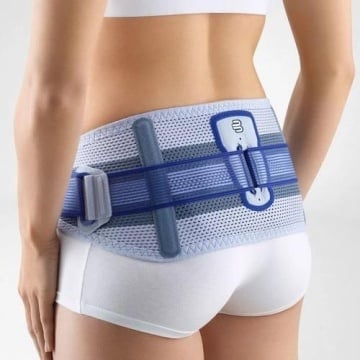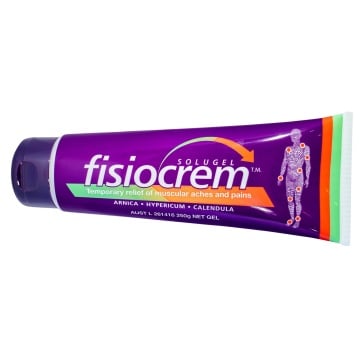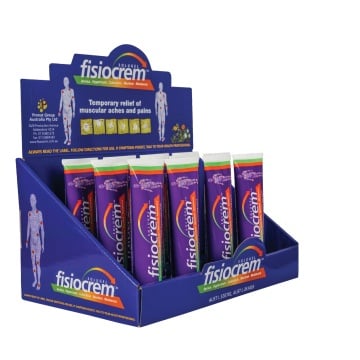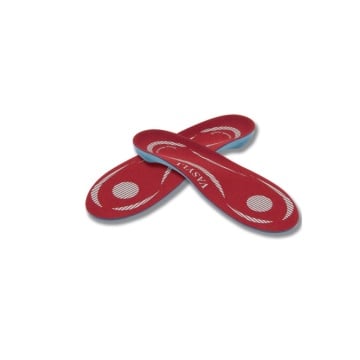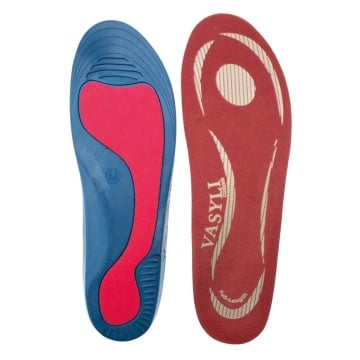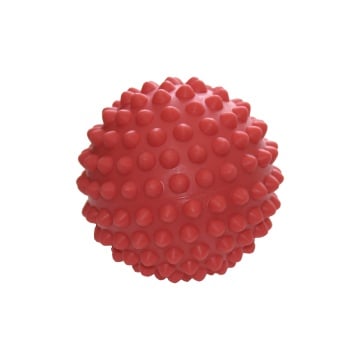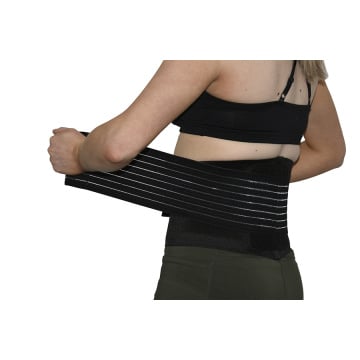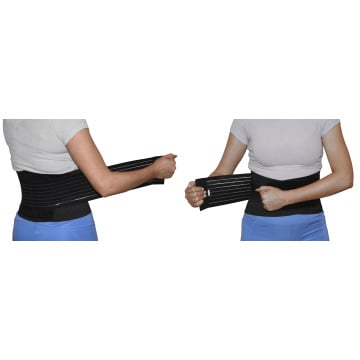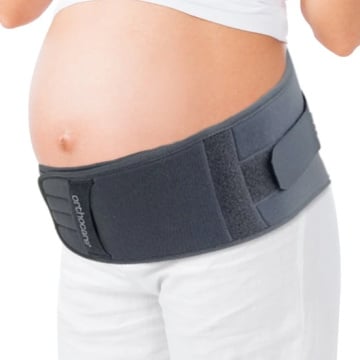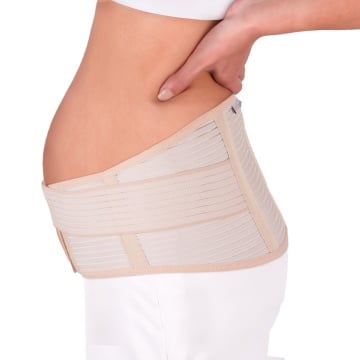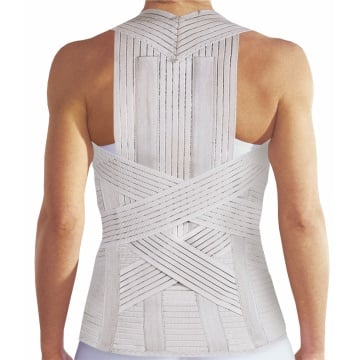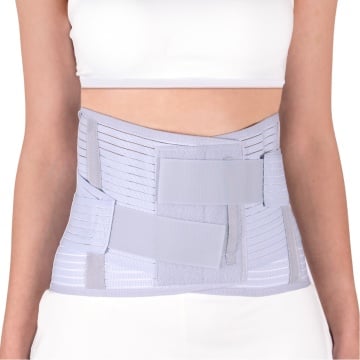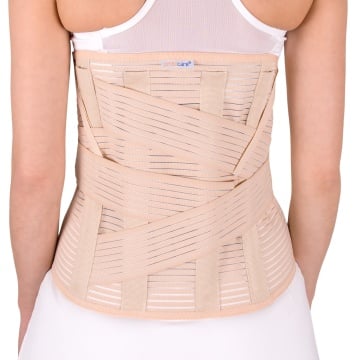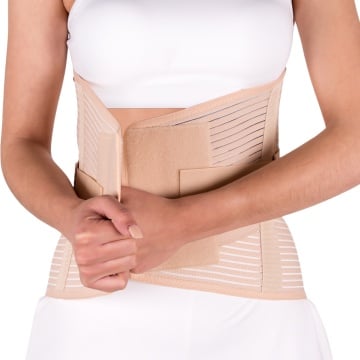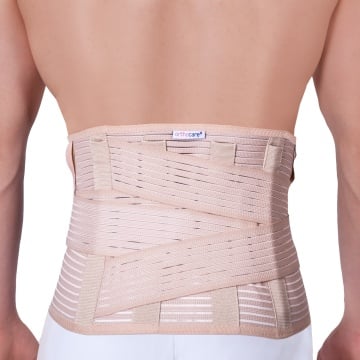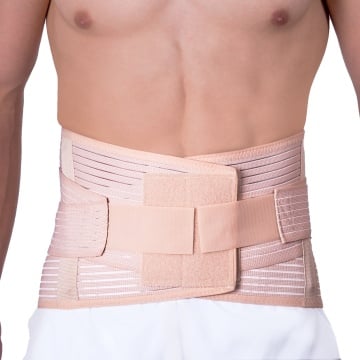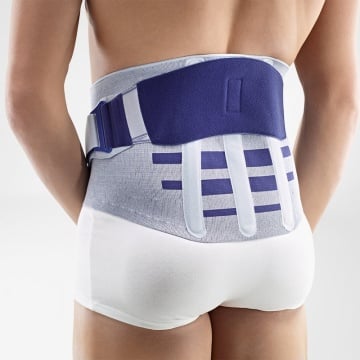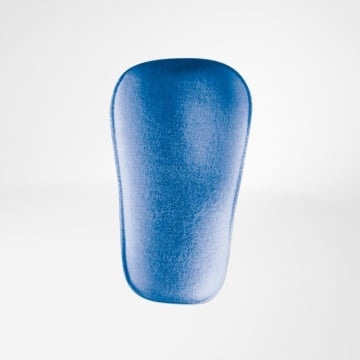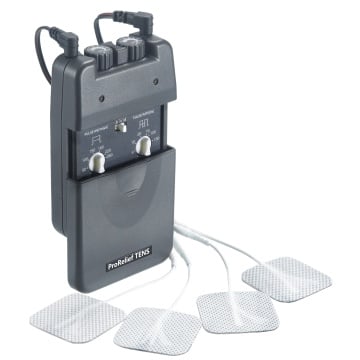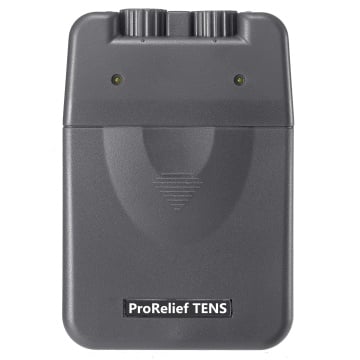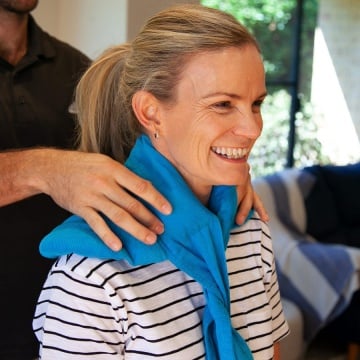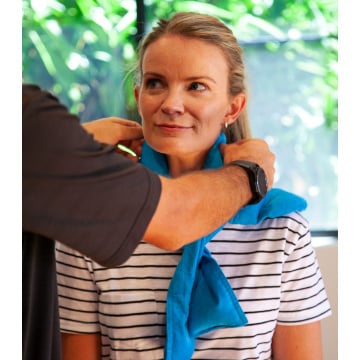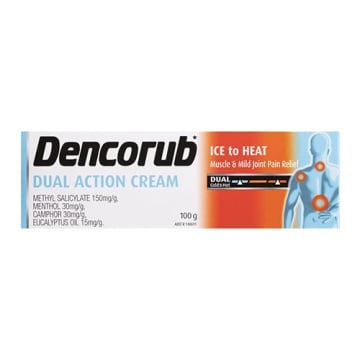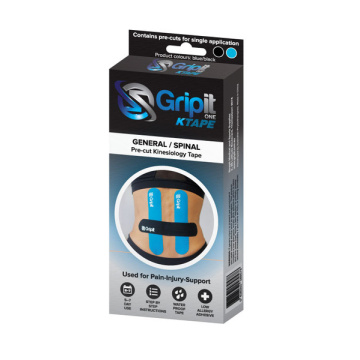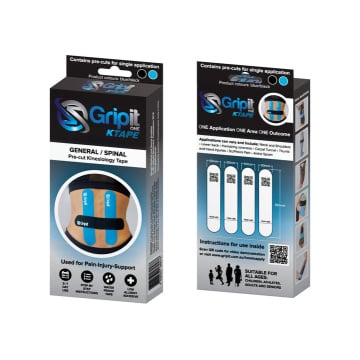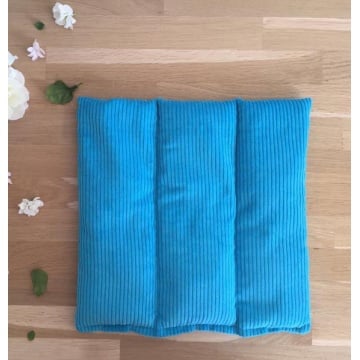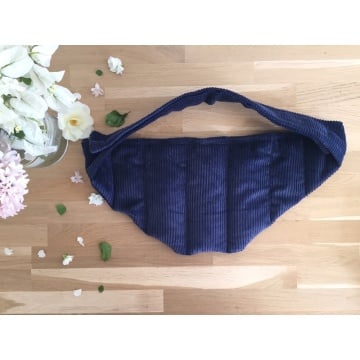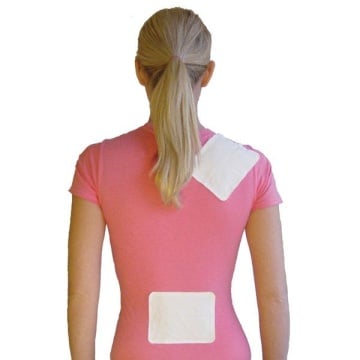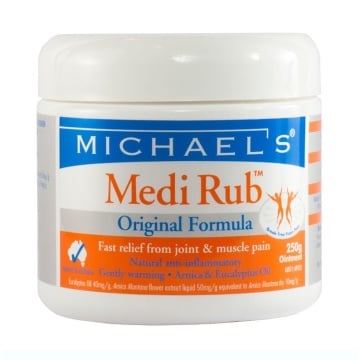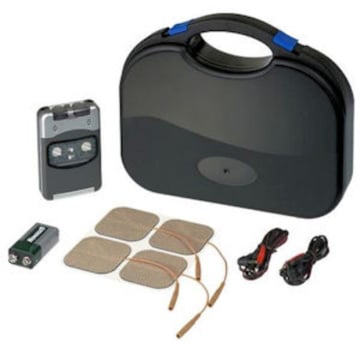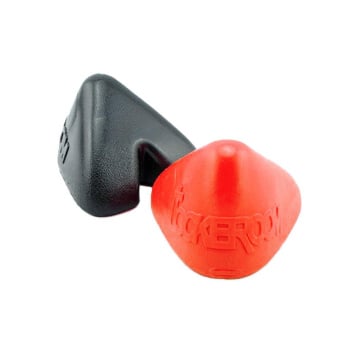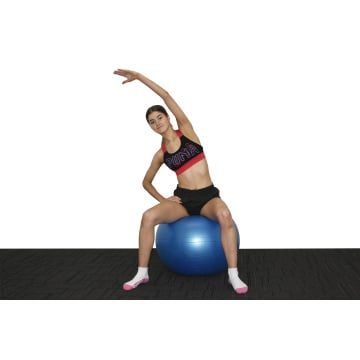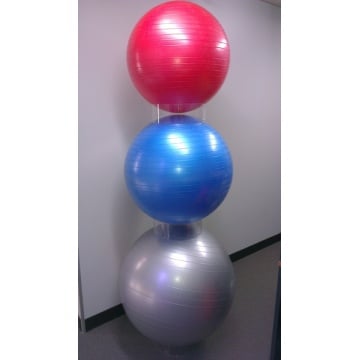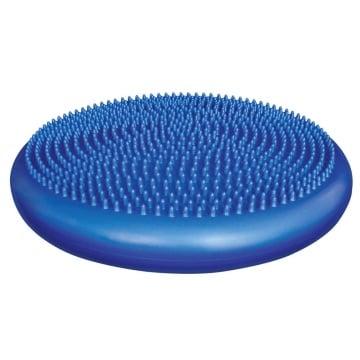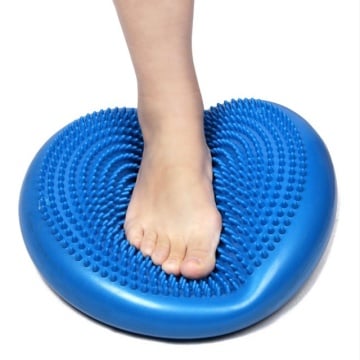What is it?
- A staggering 80-90% of the population experience low back pain at some point during their lifetime.
- Back pain can also refer pain into the buttocks, legs and feet, this is know as referred pain
- There are many structures that may be affected such as the
- Vertebrae
- Disc
- Facet joint
- Sacro-iliac joint
- Nerves
- 98% of low back pain episodes will resolve 100%. There are a very few number of specific pathologies that will ever require interventional management such as surgery
- Now a days we consider low back pain episodes similiar to a common cold. We all get them and we get over it almost 100% of the time.

What do I look for?
- Sharp/catching pain or ache at the base of the spine/ waist area
- Referred pain into the buttocks or the leg and this can even extend as far as your toes
- Difficulty bending over or putting on your pants and shoes
- Pain in your back after sitting at your desk for a prolonged period. Your posture plays a pivotal role
What causes it?
- Poor posture
- Collisions or falls such as with car accidents, horse riding or contact sports
- Poor biomechanics
- Poor functional techniques
- Age and wear and tear
When do I see the therapist?
- Therapists can provide accurate diagnosis and use a range of techniques to settle down your symptoms. They can correct poor biomechanics and provide you with an appropriate rehabilitation program.
- Some manual treatment techniques may be required initially, however the best management of low back pain is a graduated exercise and strengthening program.
- Make sure you keep moving and don’t think the worst. Prolonged total bed rest is not the answer.
- A small period of medication use may be warranted.
Braces and supports
There are a large number of options that can help in relieving symptoms of low back pain and that can be used in the rehab management of your problem. There are braces and supports, postural cushion supports, creams and more. Your therapist may often refer you to get a self mobilising tool which you can use yourself to manage your problem. You can check them all out below.
Do I see my doctor?
- If symptoms persist, your therapist will advise when you need to see your doctor
This video is an excellent summary of how to approach Low Back pain




